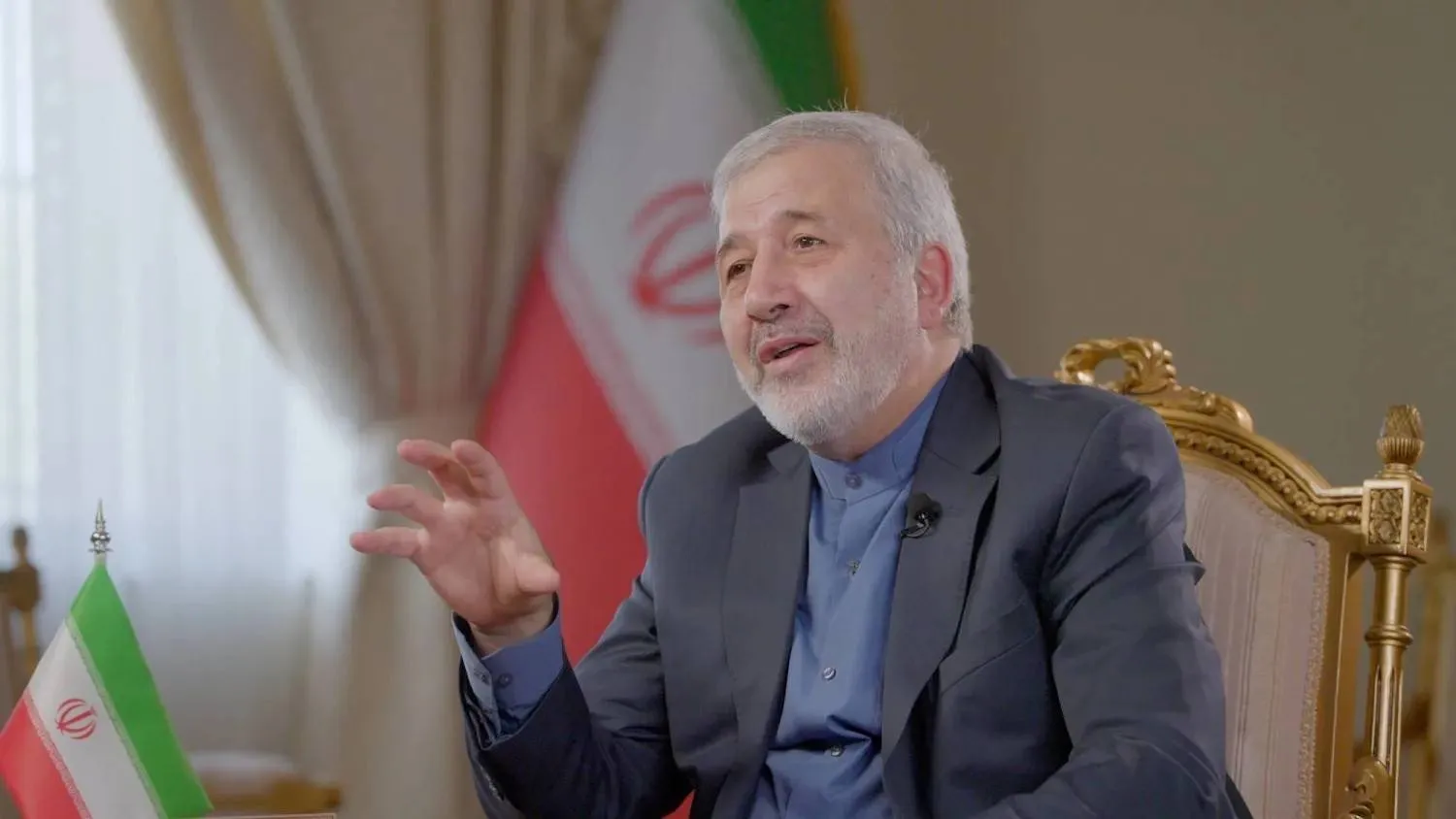A mysterious object in space has been sending an “unexpected” pulsing signal to Earth that is “unlike anything ever seen before.”
The object, which is inside our own galaxy, has been sending signals that are so unique they have completely stumped scientists.
The British LBC website quoted Nasa scientist Richard Stanton, who discovered the signal, as saying that he can’t rule out the possibility that the signal is coming from an alien civilization.
In a study published in the Acta Astronautica scientific journal, Stanton laid out his discovery of an unexpected “signal” coming from a sun-like star about 100 light-years from Earth in May 2023.
The signal was a pulse of light from the star that increases, then decreases and then increases again very quickly - something that the scientist says qualifies it as “strange.”
Even stranger, though, is that the unique signal from the Ursa Major (Great Bear) constellation was repeated again, exactly 4 seconds after it was first sent to Earth.
The pulses of light were completely identical, which according to the study, has never been seen in previous searches.
The “unique” signal also made the light from its nearby star behave strangely, and made the star “partially disappear in a tenth of a second,” according to Stanton.
“In over 1,500 hours of searching, no single pulse resembling these has ever been detected,” he added.
“The fine structure in the star's light between the peaks of the first pulse repeats almost exactly in the second pulse 4.4 seconds later. No one knows how to explain this behavior,” he said.
The study shows that a very similar signal was recorded in 2019, but was simply dismissed at “birds” at the time, which Stanton has ruled out.
The scientist also ruled out “common signals”, which can come from meteors, satellites, airplanes, lighting, atmospheric scintillation, and system noise.
Stanton said the signals from those sources “are completely different from these pulses.”
The study describes many different potential sources for the signal, including refracting light moving through the Earth’s atmosphere, which Stanton said was unlikely.
Other possible sources he discussed were starlight diffraction from a distant object in the solar system, or eclipses caused by Earth’s satellites or asteroids moving through our solar system.
But Stanton said that, in these early stages of research, it is impossible to rule out the involvement of alien intelligence.
“None of these explanations are really satisfying at this point,” said Stanton. “We don't know what kind of object could produce these pulses or how far away it is.”
“We don't know if the two-pulse signal is produced by something passing between us and the star or if it is generated by something that modulates the star's light without moving across the field,” he added.
Stanton said: “Until we learn more, we can't even say whether or not extraterrestrials are involved!”







